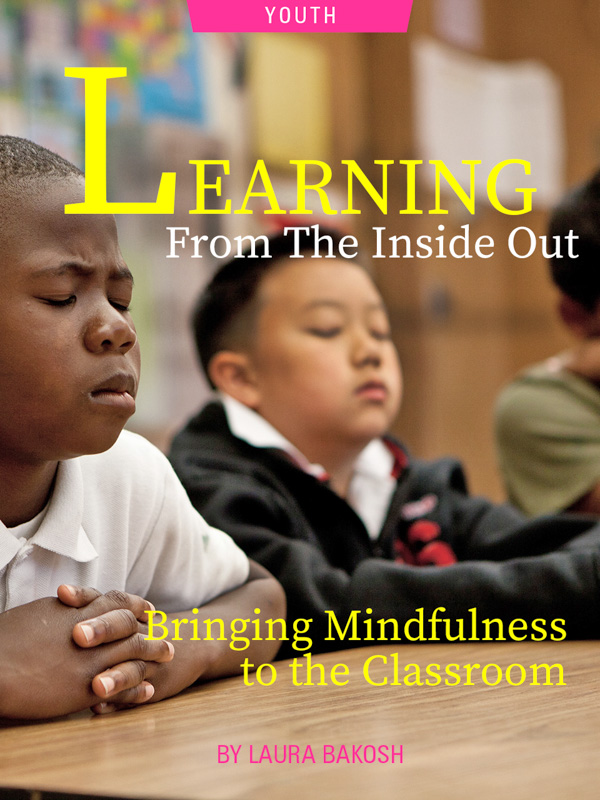
Bringing mindfulness into schools transforms learning while empowering children with life skills to break cycles of poverty, violence and despair.
—
I hear this over and over with greater frequency these days: “What’s happening in our schools?”
The unfortunate reality is that the answer to that question has broadened beyond the issues of declining grades, the achievement gap, and high teacher turnover to now including increased school violence, skyrocketing rates of teen suicide, bullying, and substance abuse.
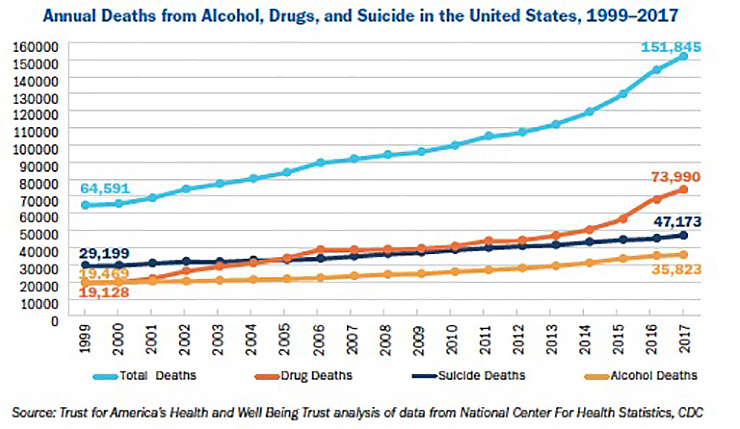
So what’s next and how do we respond?
The sense of frustration and despair that underlies these trends is what inspired me, and my lifelong friend Janice Houlihan, to create Inner Explorer — a guided mindfulness program designed for children and schools from PreK-12.
As mothers of young boys, we created the program because we recognized that helping kids develop mindfulness skills early in life would be a game changer for them.
While it may not stop the negative influences of the outside world, it would give them the tools and habits of mind to navigate these challenges with greater ease.
We know we can positively influence and amplify the potential of an entire generation of children by making healthy cognitive development the norm, not the exception. That’s why we created this non-profit organization in 2011 to help kids see more clearly, to better understand themselves and their potential, and to move into the world with compassion, creativity and confidence. These skills are best developed as a result of repeated inward focus and the exploration of the self because these are the strengths that emerge from within.
Prior to Inner Explorer, I had been practicing mindfulness since 1995 and had integrated it with great success as a daily routine with my team at GE Healthcare in the early 2000’s. We experienced how this simple practice can transform our outlook, stop anxiety, lessen depression and suicide ideation, and elevate feelings of hope and compassion. It was amazing to experience and to witness!
Considering the mountain of research proving mindfulness improves brain function, emotional regulation, and performance — for athletes to corporate executives to students — it became clear to me that we need this programming in every school to reach kids in their formative years.
Every adult I talked to about mindfulness said the same thing: “I wish I had learned these skills as a child.” So what if instead of wishing, we took that wisdom and did something about it?
Just imagine what life could look like if these ‘life skills’ were incorporated to curriculum and considered as vital as academic ones.
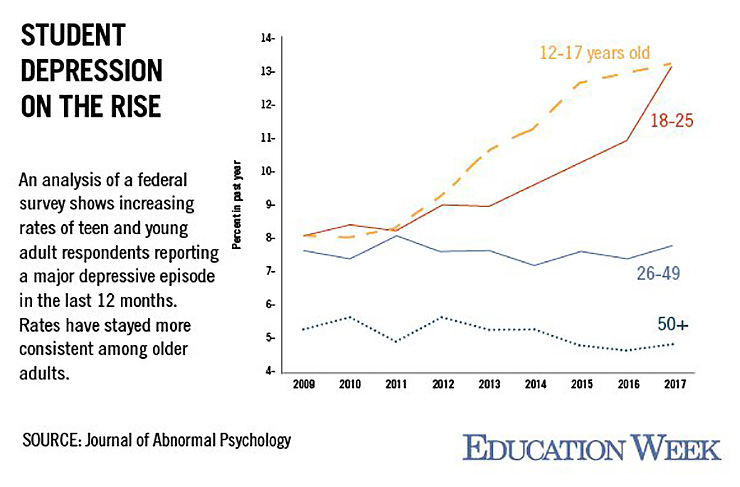
We know the root issue for most kids’ poor outcomes is chronic stress. While a little stress is healthy, constant stress becomes toxic to both the body and the brain. Stress activates the limbic system — our fight-or-flight center — and inhibits the prefrontal cortex (PFC), where executive functions such as critical thought, creativity, and learning happen.
When stressed, students physiologically cannot absorb new ideas or lessons because the prefrontal cortex is ‘off line’.
Whether kids are dealing with poverty, a difficult home life, or anxiety about testing and other school pressures, stress is stress and has a debilitating effect on a student’s ability to learn. This toxic level of stress has created an unbelievably challenging environment for teachers, students, and families.
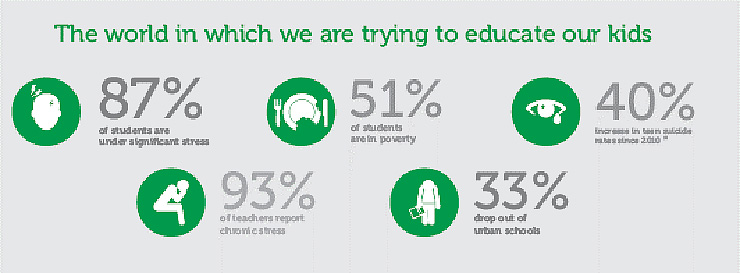
Think about trying to successfully educate kids when 40% more teens are killing themselves, 85% say they are significantly stressed, and 51% now live in poverty. It’s no wonder the U.S. ranks 38th in Math and 24th in Science compared to our global counterparts. Even worse, 16% of students don’t even graduate from high school. This startling statistic rises to upwards of 30% for students in urban school districts.
We need to change these trajectories or risk perpetuating the growing income gap by failing another generation of children.
Mixed with a sense of urgency and hope, I left GE to figure out how to incorporate mindfulness into schools. I trained at UMASS Center for Mindfulness to become a Mindfulness-Based Stress Reduction (MBSR) trainer and then went back to graduate school to learn how to adapt and evaluate mindfulness programming for kids.
This is where Inner Explorer comes into the picture. Mindfulness-based programs have been shown to reduce symptoms of stress, and mental health disorders, while improving attention, cognition, well-being, and sleep quality. Mindfulness programs have gained momentum in education over the past 15 years because they address the root causes of school failure by enhancing the brain networks associated with learning.
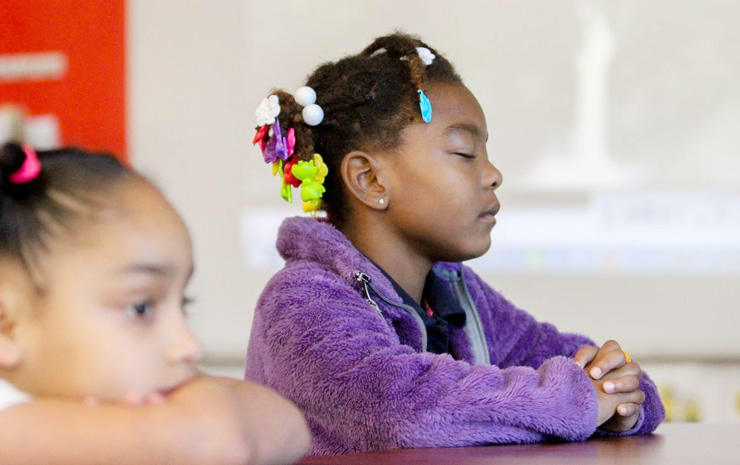
When mindfulness is practiced in the classroom, students become ‘ready to learn’ and teachers become ‘ready to teach’.
Before Inner Explorer, the majority of mindfulness programs for the classroom fell into two models: Outside trainers delivering the training to students, or existing classroom teachers becoming proficient so they could deliver the training directly. Although both models work, they can be difficult to sustain due to cost, scheduling conflicts, training time and staff turnover. As a result, a 5- to 10-minute daily practice — a critical element of the program’s success — is almost always abandoned once the ‘trainer’ leaves because classroom teachers and students are often uncomfortable leading this length of practice themselves.
Inner Explorer has grown quickly — from 3 to 3,100 schools serving more than 800,000 students — because it makes daily mindfulness practice easy and accessible to every classroom and every family. It can support the teacher training model above, since the sequence of audio-guided practices ‘teach’ students and teachers simultaneously as they listen together. It’s simple for teachers to implement because they can easily log in and press the ‘play’ button. It requires no training or changes to the planned curriculum. Families can even listen at home or work to the same practice that their child hears in school.
Our goal was to make sure that teachers had everything they needed to bring daily mindfulness into the classroom as soon as possible.
Our solution was simple in concept but took a great deal of development to bring it to life.
We created four age-appropriate series covering preschool to high school, each with 90 audio-guided daily practices, along with several shorter transition practices. Teachers also have access to a full tool kit of additional information and research to support their efforts in the classroom. We have recently added several new narrators, a Spanish language version of the program, as well as a dedicated Test Taking series, which adds another layer to the regular daily practice.
Our program has been a quantifiable success.
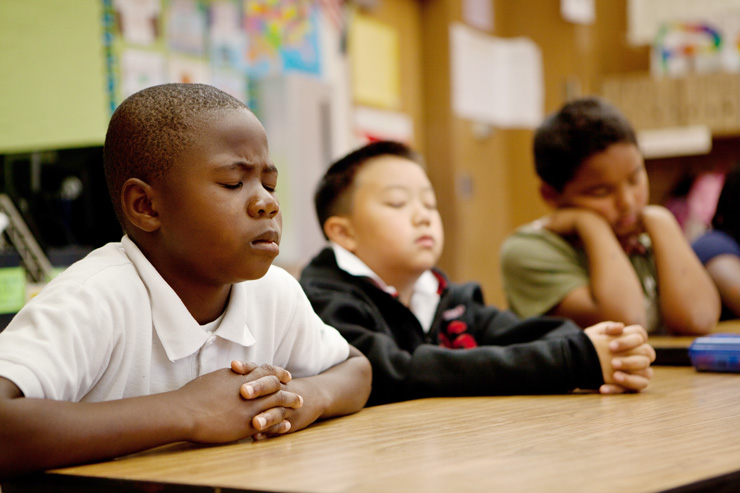
In three separate, peer-reviewed studies, our mindfulness practices have been proven to effectively reduce stress by 43%, bring behavioral issues down by nearly 60%, and improve grades in key subject areas by more than 10%.
Today, Inner Explorer is working to expand into more schools and to increase daily practice within those schools. As a non-profit, we are seeking help not only in terms of foundation and donor funding, but also from parents and grandparents sharing our information with their networks of friends to help build awareness and support.
While there are many programs that address symptoms, very few get to the cause. As an example, administrators respond to school violence with more metal detectors, locker searches, and active shooter drills. Although those things may make some people feel safer, they certainly do not get to the root of why people want to bring a weapon into a school in the first place.
Our mission at Inner Explorer is to help every child…
…the potential shooter and the targets, the bully and bullied, the loners and the popular students, the anxiety-ridden top students and frustrated and disconnected bottom students. When they discover their truest self through these daily mindfulness practices, the external labels begin to fall away. That is when who they really are starts to show up.
The passion, the potential, the excitement — it’s all in there; mindfulness simply provides a path for kids to find it. We are committed to the daily practice of mindfulness because we know it will strengthen critical brain networks associated with learning while bolstering the skills necessary to face adversity and trauma with compassion and resilience. This is how we equip today’s children with the tools they need to break the cycles of poverty, violence and despair in one generation.
It sounds like a lofty goal, but Inner Explorer is committed to changing the world, one student at a time.
____
Explore Mindful Test-Taking Practices Here
Experience Sample Mindfulness Practices Below:
There are endless examples that demonstrate the benefits and power of adopting a daily practice of mindfulness. This is one of those stories.
A 4th grade girl was witnessing her mother being brutally beaten by the mother’s boyfriend, a repeated occurrence of domestic violence in their home.
On this particular day, the 10-year-old walked to where her mother was on the floor bleeding and announced, “This cannot happen in our house anymore. If it does, I will have to call the police.” She then walked out of the room into her bedroom and began to practice mindfulness — a practice she had been doing in school for only a handful of weeks.
The mother and boyfriend were stunned. The fighting stopped, and the mother followed her daughter into her room. As she told the story to the school principal the next day, the mother said her daughter looked so peaceful and calm that something clicked. She kicked the boyfriend out, hugged her daughter, and began to cry.
She recounted to the principal how the changes she’d seen in her daughter since she started practicing mindfulness have been incredible. Her daughter was more poised, more confident, and more resilient than anyone she knows. The mother then asked if she, too, could use the program.
Mindfulness isn’t an exclusive club. In fact, we could all benefit from its merits no matter where we are in life, and no matter what we are facing.
This is just one example of how the daily practice of mindfulness gives kids the tools they need to be resilient, compassionate, and confident in the face of trauma — and how they can take skills they are taught in the classroom and apply them to their real-life experiences. Yes, mindfulness is about calming the mind and the nervous system, but it‘s impact can be felt far and wide as it’s benefits trickle down into all aspects of our lives.
You may also enjoy reading The School Nutrition Dilemma: An Insider Speaks Out by Tim Cipriano